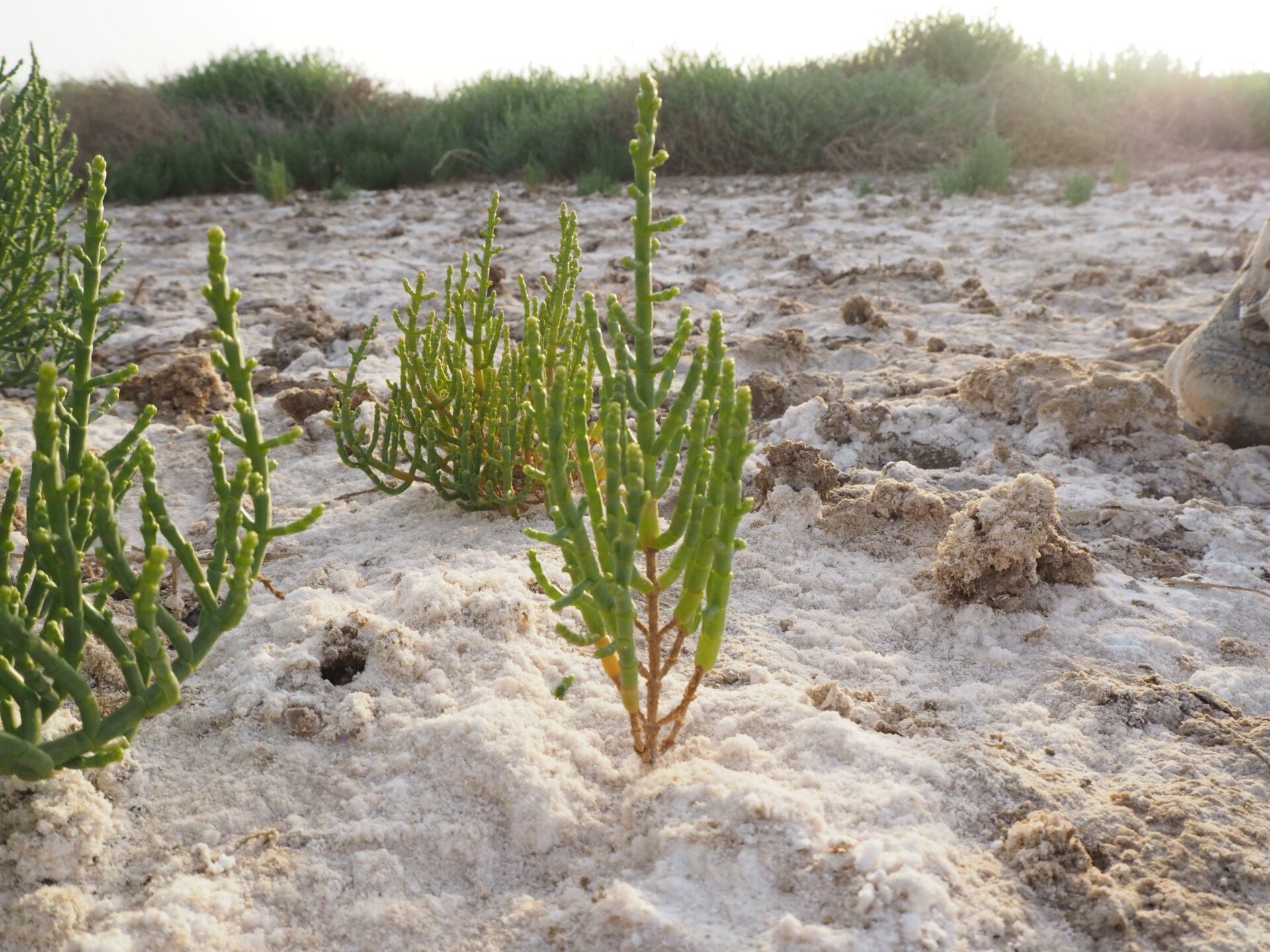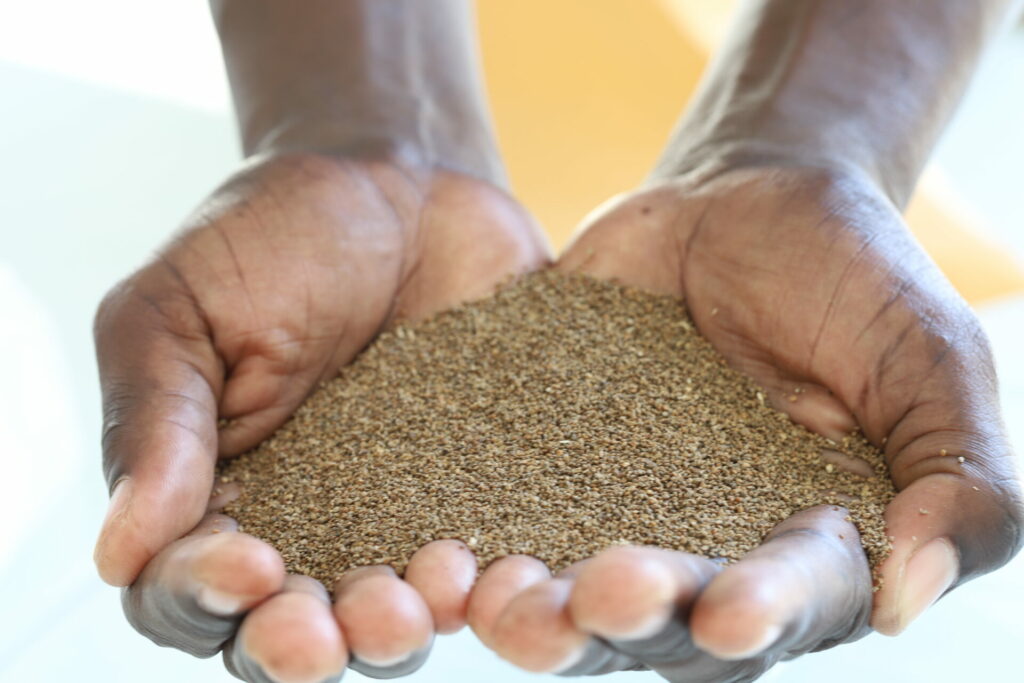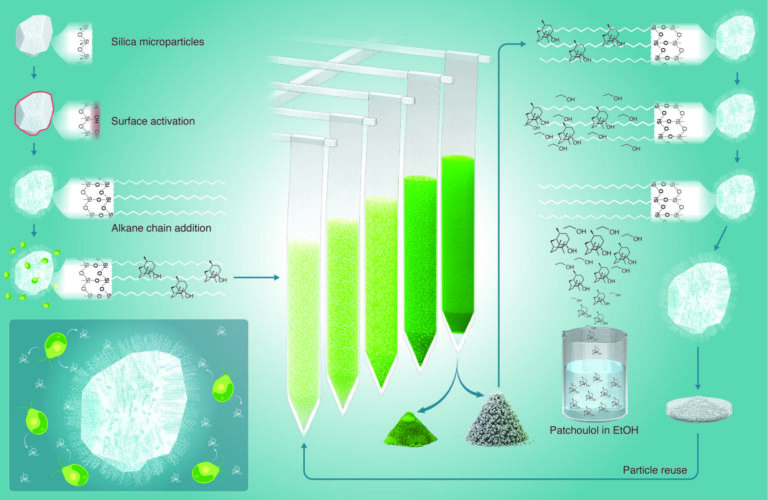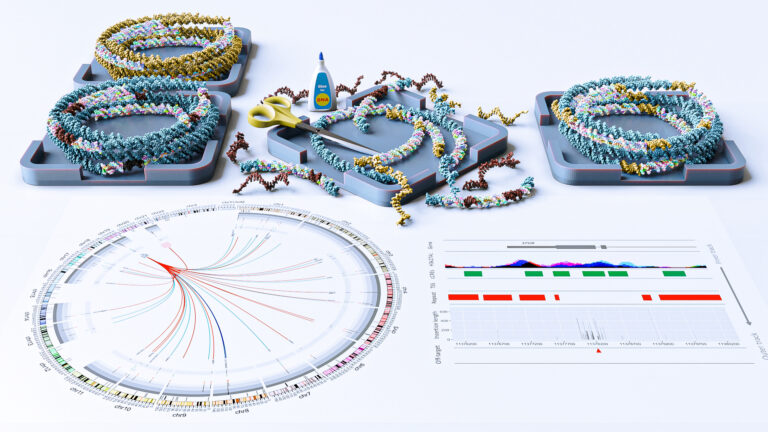Bioscience | Plant Science
Now is the time to deliver on salt-tolerant crops
More effort is needed to bring salt-tolerant crops to the farmers who need them.

Despite years of effort and advances in understanding how salinity tolerance works in plants, very few salt-tolerant crops have been released for commercial use.
In a comprehensive review of breeding salinity tolerance in plants[1], KAUST researchers Vanessa Melino and Mark Tester argue that the main reason research advances have not been translated into commercial salt-tolerant crop varieties for farmers is that this has not been a priority for plant breeders. However, with increasing impacts of climate change due to sea-level rise and storm surges forcing seawater further inland, the need to increase crop salinity tolerance is becoming more urgent, and so priorities will change.
The authors say more effort is needed to deliver research advances to improve performance of crops in salt-affected areas.

“We need to reassess old techniques, such as grafting current crops with salt-tolerant hybrid rootstocks. Also, future crops can be produced by domesticating salt-tolerant wild species — an approach that is feasible in our lifetime,” says Tester, who, after years researching salt-tolerant plants, co-founded RedSea, a company that is producing crops using saltwater in water-scarce environments.
Increasing salinity in irrigation water is another threat. As groundwater is depleted, soil quality falls and soil salinity increases.
“Anything we can do to reduce the use of groundwater for food production, including the use of brackish water instead of fresh water in agricultural systems, will increase the sustainability of food production,” says Tester.
While much salinity-tolerance research has focused on cereals, the authors encourage targeting a wider range of plants — especially crops with high nutritional value, such as fruit and vegetables.
Using wild plants
For some crops, the use of close crop wild relatives — species that can hybridize with the crop species — is a promising option. Crops such as wheat, which have relatively limited natural variation in salinity tolerance, would benefit significantly from such wide crosses. Other crops, like tomatoes, which have good abilities to hybridize with wild relatives, can also exploit such opportunities.

New genetic tools provide a way to introduce salinity tolerance traits from distant crop wild relatives or even to domesticate salt-tolerant wild species.
“This will require a paradigm shift away from the crops we are familiar with to the evolution of new crops from plants that are currently wild and have an extraordinary ability to thrive in extreme environments,” says Melino, who leads research at KAUST into the salt-tolerant plant Salicornia as a potential oilseed crop.
A key challenge in the domestication of new crops is the need to overcome the often opposing selective pressures on wild plants and crops. Wild plants must be highly responsive to changes in their local environment as they are in competition with other plant species, grazed by animals and affected by disease. By contrast, domesticated plants are usually less responsive to their environment and are selected for traits associated with time-limited production – particularly challenging when identifying wild plants from marginal environments, such as saline soils, suitable for domestication.
“The first step of selecting which crop wild relative to domesticate is critical and involves capturing as much genetic diversity as possible,” explains Melino. These accessions should then be screened for yield, quality traits and other important tendencies to domestication in saline environments.
Closing the gap between discovery and delivery of research
The authors believe the lack of progress in development of salt-tolerant varieties is due to plant breeders’ focus on maximizing national yields, which means they target percentage increases in higher-yield environments. Although lower-yield environments can cover large areas of land, percentage increases in these environments result in a smaller percentage increase in national output. But the authors point out, farmers who live on these poorer lands still need to maintain decent yields and, in the process, they make a major contribution to national and global food security.
Researchers need to also take into consideration improvements in farmers livelihoods, rather than simply prioritizing national outputs. “Even if increases in yields are modest, the opportunity to reduce pressure on freshwater reserves by being able to use brackish water can make a substantial contribution to reducing the environmental footprint of agricultural production,” they conclude.
Reference
- Melino, V and Tester, M. Salt tolerant crops: time to deliver. Annual Review of Plant Biology 74, 671-696 (2023). article
You might also like

Plant Science
Reference genomes for rice’s wild relatives may boost future crops

Bioengineering
High value harvests from designer algae

Bioscience
Digging into the world of plant-growth-promoting microbes

Bioengineering
Stray DNA fragments challenge CRISPR precision

Bioscience
Unique microbiome discovered in mountain streams

Bioscience
How a multitasking protein keeps the body’s clock in sync

Bioscience
The theory of everything that wasn’t

Environmental Science and Engineering




